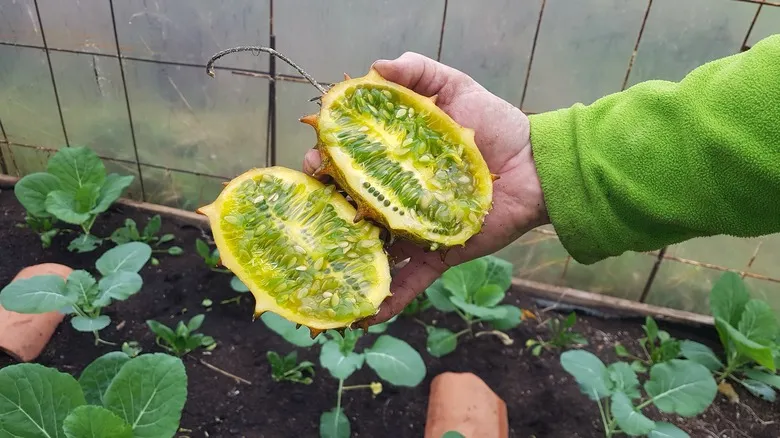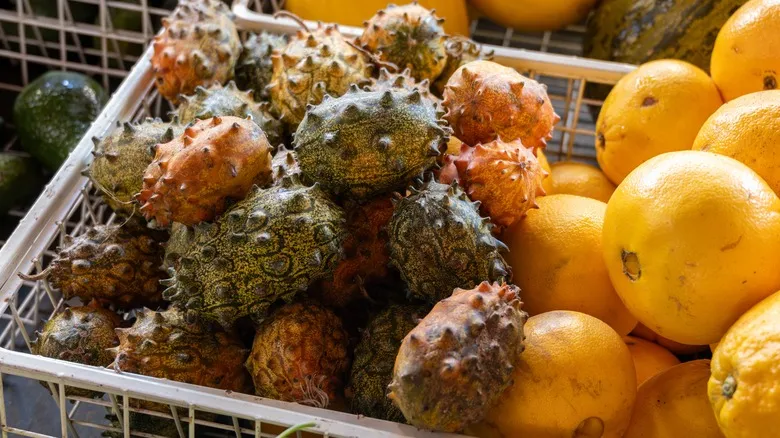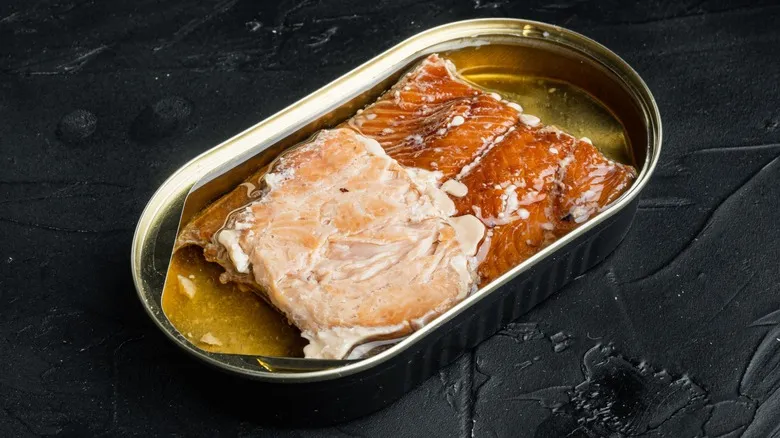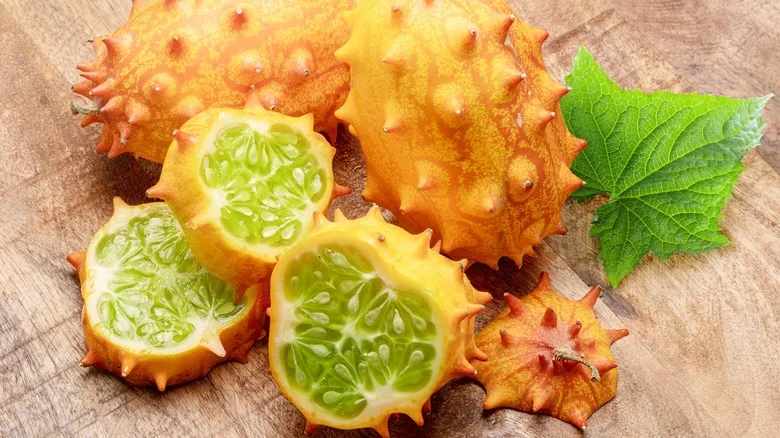Kiwano and cucumbers are close cousins

Vibrant yellow-gold with large, horn-like spikes and swirling patterns on its surface, this fruit resembles the sun's surface and may not immediately remind you of a typical cucumber. However, they are actually close relatives, despite their striking differences. Both belong to the cucurbit family, which also includes gourds, squashes, pumpkins, and melons that thrive in warm climates.
The flesh of a cucumber has a mild, watery flavor, and kiwano is somewhat similar, though it can be a touch sweeter or more vibrant, with a hint of lime-like tang. Some people enhance its taste by sprinkling it with salt, much like they do with watermelon. The seeds are entirely edible—thankfully, as there are far too many to try to remove. They add a slight crunch and chewy texture to the soft, jelly-like interior.
Just as you can eat cucumber skin (though you might need to remove the tiny prickles if you've grown your own), the kiwano's more prominent spikes must be removed before you can enjoy it comfortably, especially if you plan to eat the skin. You can slice the peeled or de-spiked fruit, scoop out the insides, add it to a smoothie for an extra boost of vitamins C, B, and magnesium, or turn it into a homemade frozen treat using an ice cream maker.
Native to Africa, kiwanos are becoming widespread

You may not have come across a kiwano at your local grocery store or farmers' market, as this fruit is primarily found in specific regions of the world — though its availability is on the rise. Originating from Africa, the kiwano has traditionally been a staple for those living in the deserts of Southern Africa, but it has since spread to various countries in Southern and Central Africa, as well as to New Zealand, Australia, Europe, and even some areas in the U.S., such as California.
If you're fortunate enough to find a kiwano or two, there's no need to handle them with extra care; they can be left out on the countertop — avoid storing them in the refrigerator. You'll know the fruit is ripe and ready to enjoy when the outer skin turns a vibrant yellow-orange; before that, it will be green. Similar to an avocado, it should yield slightly when squeezed, indicating ripeness, and should be free of bruises, which signal overripeness. Keep an eye out for these indicators, and you'll know the kiwano is just right for tasting.
Recommended

The Underrated Canned Fish Dip You Need To Start Eating With Potato Chips

Make Baked Steak Fries As Crispy As Deep Fried With One Extra Ingredient

Upgrade Your Store-Bought Veggie Burgers With This Chef-Approved Tip

Andrew Zimmern's Advice For No-Skill Poached Chicken
Next up

